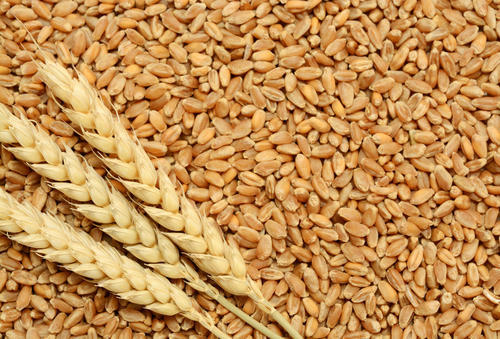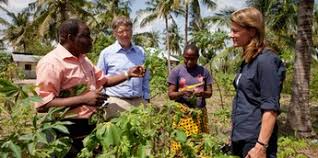Bright Simons Examines Ghana’s Wheat Self-Sufficiency Ambition
Policy analyst Bright Simons has sparked a debate on Ghana’s wheat self-sufficiency ambitions, following an X (formerly Twitter) post on March 3, 2025, in which he examined the feasibility and economic implications of domestic wheat production.
Mr Simons’ post highlighted the efforts of Mr. Ezhilarasan, an agribusiness investor who has secured large land concessions in northern Ghana to cultivate grains, with a vision to make Ghana self-sufficient in wheat. Ezhilarasan has partnered with Ghanaian scientists at CSI-CSIR to develop wheat varieties suitable for the country’s climate and soil conditions.
Ghana is projected to import approximately 900,000 tons of wheat this year at a cost of $230 million. Simons noted that wheat is a unique import, as it serves as a key production input for the country’s flour mills, unlike rice and tomatoes, which are primarily imported for consumption. He likened Ghana’s wheat import dependence to Japan and the Netherlands importing cocoa for value-added processing.
According to Mr Simons, Ghana has four flour mills with a combined capacity of 800,000 tons per year. However, they currently operate at just over 60% of their capacity, processing about 680,000 tons of imported wheat into 500,000 tons of flour. The processed wheat flour fuels the bakery industry, which generates significant value in the economy.

Mr Simons posed a critical policy question: Should Ghana focus on securing the cheapest wheat imports to boost local value addition and exports, or should it prioritize self-sufficiency to hedge against global supply disruptions, such as those experienced during the Russia-Ukraine war? While a dual approach seems ideal, he emphasized that policy choices are often constrained by resources and strategic focus.
To replace wheat imports, Ghana would need to cultivate around 900,000 acres of land, based on an estimated yield of one ton per acre. While this represents less than 10% of Ghana’s 11.6 million hectares of arable land, it would require utilizing about 30% to 35% of the available agricultural land in northern Ghana, where wheat cultivation is deemed most suitable.
However, Mr Simons underscored the need for a broader economic comparison, especially with rice, which commands higher market prices and has superior yield per acre. He pointed out that the same 900,000 acres used for wheat could generate more than double the revenue if allocated to rice cultivation. Additionally, competing land uses, climate conditions, and infrastructure requirements must all be factored into decision-making.
Ultimately, Mr Simons argued that high-quality policy formulation must be multidisciplinary, integrating expertise from various fields to construct a holistic strategy. He urged policymakers to adopt an evidence-based approach in evaluating Ghana’s agricultural priorities, emphasizing the importance of linking economic analysis with trade and production policies.







